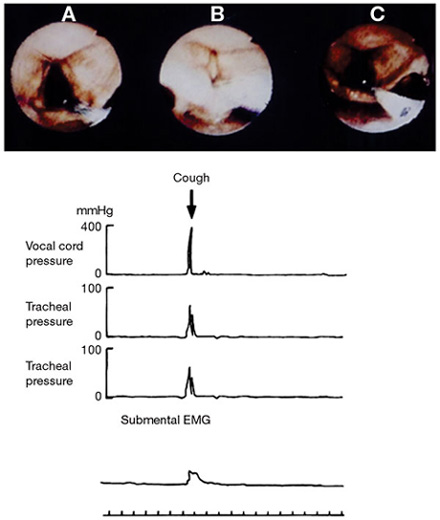Figure 2 - An example of vocal cord closure pressure during cough.
From the following article
Reflex interaction of pharynx, esophagus, and airways
Reza Shaker
GI Motility online (2006)
doi:10.1038/gimo11

A–C: Still frames from videoendoscopic recording of a cough event during vocal cord manometry. A: Prior to initiation of cough, vocal cords are seen in an open position. The manometric catheter is seen at the lower-right quadrant of the image. The pressure gauge (white surface) is seen at the cord's level. B: Complete cord closure during cough. C: Opening of the cords following cough. Cord closure, seen in panel B (top), resulted in a closure pressure of 390 mmHg. This pressure was accompanied by an intratracheal pressure of 69 mmHg. Note that intercordal pressure has a shorter duration compared with intratracheal pressure. This is believed to be because the duration of intratracheal pressure represents the interval of cord closure as well as the interval following cord opening, when the trachea is subject to an accelerated expiratory flow. Coughing was associated with an electromyography (EMG) event. (Source: Shaker et al.8 with permission from Springer Science and Business Media.)
Powerpoint slides for teaching
If the slide opens in your browser, Select "File > Save as" to save it.
Download Power Point slide (818K)
